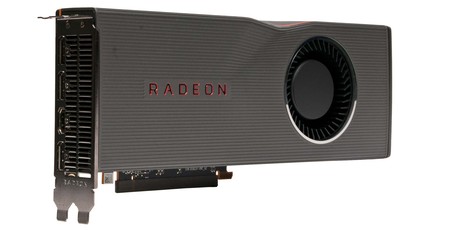
Conclusion
AMD has clearly made big gains in efficiency and performance. It’s doing a lot more with a lot less, as comparisons against Vega 64 repeatedly show. Navi is the jolt AMD’s GPU division has needed for some time, and Nvidia knows it, having been humbled into some pretty drastic price cuts for its RTX family in terms of what performance is now available at a given price rung. The Turing architecture is still the performance and efficiency leader, though, as evidenced by the 175W RTX 2060 Super nipping at the heels of AMD’s 225W Radeon RX 5700 XT. Of course, AMD can and will optimise both Navi and the 7nm process, but the same applies to Nvidia and its 12nm process, plus it’s almost certainly going to achieve a process node shrink sooner, potentially re-widening the efficiency gap.
One thing’s for sure, and that’s that raw performance is great for the money; the Radeon RX 5700 XT is undeniably the best value $399 card where games without ray tracing (i.e. virtually all games) are concerned. It’s looking particularly good in DirectX 12, which is good for future-minded folk, and it also does its best at 1440p. Again, Nvidia knows all this, and you can absolutely expect the ray tracing marketing machine to accelerate, especially after the various related E3 announcements. We do think it’s worth remembering that real-time ray tracing will be supported on both next-gen Microsoft and Sony consoles that will feature Navi-based GPUs, but the ramifications for the PC market there are tough to predict.
Overclocking sadly remains a question mark for now, which is really unfortunate for a new architecture’s launch. Our inclination is not to expect much, as AMD hasn’t made a big deal about it in its messaging, and it’s unlikely that a new architecture and relatively new process are super optimised right now. Turing, on the other hand, has thus far proved pretty competent in this field.
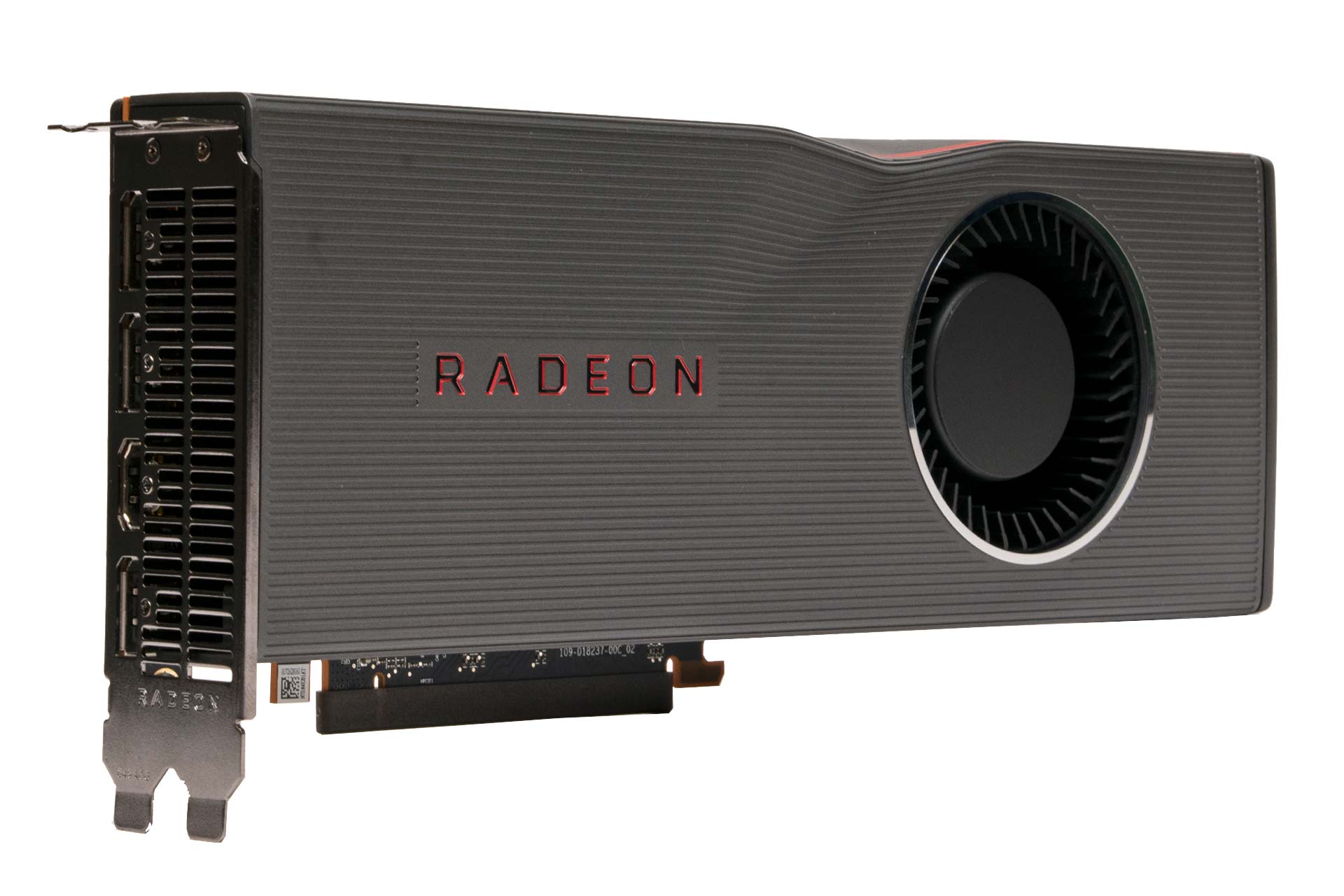
The physical design of the reference board here is the best single-fan solution AMD has ever offered, but it’s still limited by this single-fan approach in terms of both noise and temperature. It’s simply no match for Nvidia’s Founders Edition design in this regard, and the FE cards also carry a more premium look and feel that counts for something at this price point.
This point is made more salient by AMD not having third-party AIB designs ready for at least another month, and those looking to water-cool will also have to wait for water blocks to appear, though we do know that EK should have one ready soon and that both Alphacool and Corsair have some in the works. We’re not looking at another Vega 64 situation where we’d recommend avoiding this reference design entirely, but if Navi has piqued your interest we certainly recommend waiting for better cooling solutions to arrive from AMD’s partners next month.
On that note, we’re really excited to see how the RTX 2060 Super versus RX 5700 XT battle plays out between the partner cards. These are the ones most people buy, but more importantly there’s currently a hefty $100/£95 gap between these cards and RTX 2070 Super, which means there’s plenty of scope for some real sweet spot cards i.e. those that deliver well on features, cooling, noise, etc. but without encroaching too closely on the pricing of the next card up the stack.
A quick word on bundles: The Radeon RX 5700 XT will qualify buyers for three months of free membership to Microsoft’s Game Pass for PC, giving you access to over 100 PC gaming titles for free as long as your membership is active. As far as we know you won’t be able to start the three months until August, even if you buy before then.
So, should you spend your $400/£400 GPU budget on this card? Right now, despite its strong value showing and its efficiency wins over Vega, the thermals and noise of the cooler hold us back from recommending the RX 5700 XT in its reference incarnation. Our figures suggest that the RTX 2060 Super Founders Edition with a manual overclock applied will match this card’s performance while still being quieter, cooler, and less power hungry. You’ll also get to experiment with ray-tracing and DLSS – to be clear, these are little more than interesting novelties at this stage, but this is still something you can’t do with AMD’s hardware.
Our main primary advice, though, is to continue waiting until custom designs arrive. Navi is a big and exciting step forward for AMD, and its mere presence has already done wonders for the high-end GPU market, forcing Nvidia to admit with its updated pricing that ray tracing isn’t quite as valuable as it initially tried to suggest. Ultimately, this card is a solid, good-value foundation on which AMD’s board partners now need to build upon to deliver better cooling, lower noise, and hopefully some decent overclocking. There’s room in the high-end market for good cards at good prices, and it’s been a long time since we could say that.
The Navi story is only just getting started, and we’re very keen to read on.

MSI MPG Velox 100R Chassis Review
October 14 2021 | 15:04

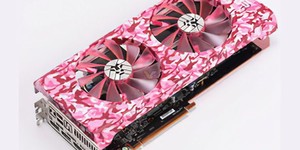
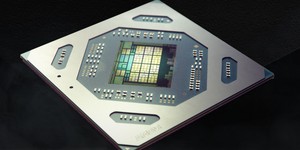
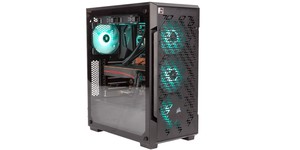




Want to comment? Please log in.